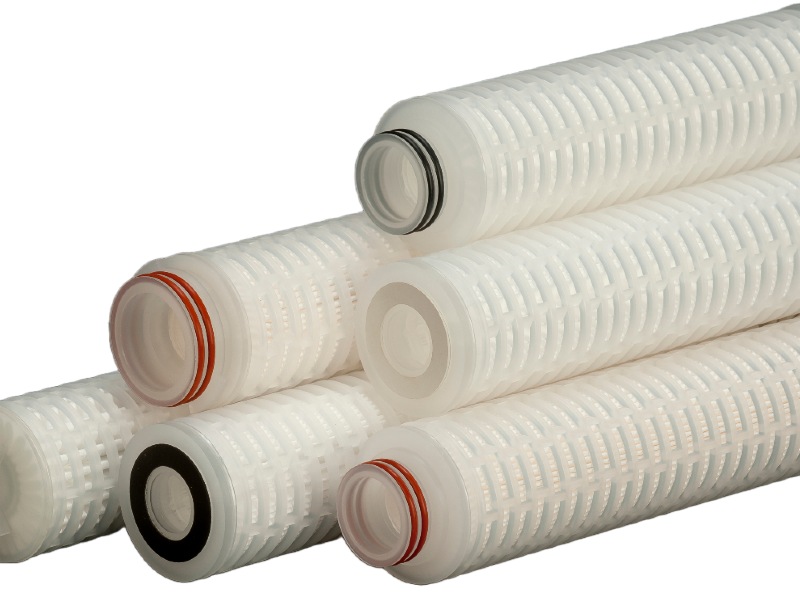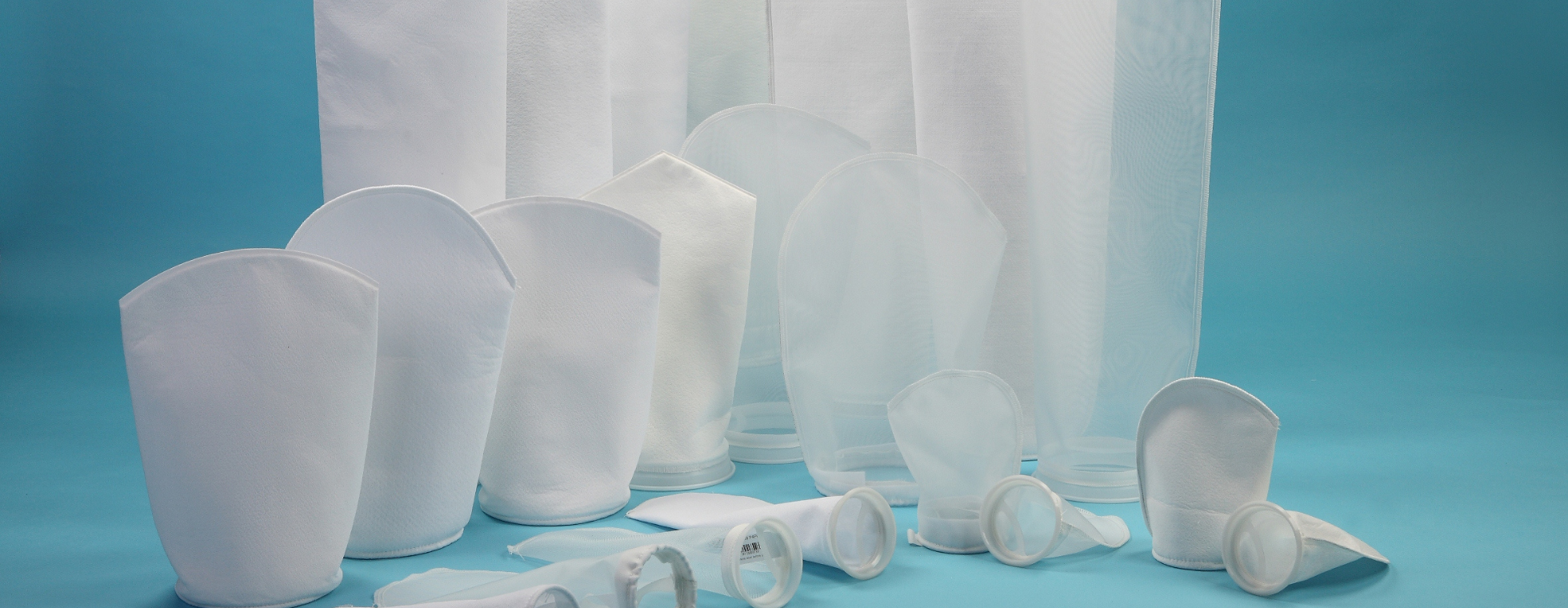The Differences Between Membrane and Depth Filters in Microfiltration
In microfiltration, choosing the right filter type isn’t just about micron ratings or flow charts. It’s about understanding the nature of what you're filtering, the goal of the process, and the trade-offs between precision and capacity. Two common filter types dominate microfiltration: membrane filters and depth filters. Both serve vital roles but operate in fundamentally different ways.
Membrane Filters Vs Depth Filters ...
Let’s break it down into what really matters for real-world applications.
What’s the Difference? – At a Glance
Membrane Depth


Think of a membrane filter like a fine sieve – it catches particles on its surface with high precision – Peas through a colander. In contrast, a depth filter acts like a sponge – particles get trapped throughout the media’s thickness – Golf ball through a forest
|
Feature |
Membrane Filter |
Depth Filter |
|
Filtration type |
Surface |
Depth |
|
Retention |
Absolute |
Nominal or graded |
|
Best for |
Microbial control, final filtration |
Bulk particulate removal, prefiltration |
|
Integrity testable? |
Yes |
Usually not |
|
Cost |
Higher |
Lower |
|
Dirt holding capacity |
Lower |
Higher |
When to Use Membrane Filters
Membrane filters are designed for precision. Their tightly controlled pore structures (often in the range of 0.1 – 1.0 microns) make them ideal for applications where absolute retention is non-negotiable. They are widely used in:
- Sterile filtration in pharmaceutical or biotech processes
- Final filtration in food and beverage (e.g., bottling wine or beer)
- Microbial control in water systems
- Fine filtration of inks and chemicals
Since they are integrity testable, you can verify that the membrane is functioning correctly — a critical requirement in validated processes.
But there’s a catch — membranes clog quickly when challenged with high particulate loads. That’s where depth filters come in.
When to Use Depth Filters
Depth filters shine in situations where volume and variability are high. Their porous structure captures contaminants throughout the media, allowing them to handle:
- High particulate loads
- Viscous fluids
- Challenging fluids with variable solids
They are typically used for:
- Prefiltration to protect final membrane filters
- Clarification of beverages, oils, or chemicals
- Bulk particle removal in industrial processes
- Cost-sensitive operations where high filter change-out rates are an issue
Their dirt holding capacity is far greater than that of membrane filters, making them excellent for extending system run times and reducing filtration costs.
Why Not Just Use One or the Other?
In most microfiltration systems, it’s not an either-or decision — it’s both.
- Depth filters do the heavy lifting — capturing the bulk of particulates and protecting the more expensive final stage.
- Membrane filters then polish the fluid, providing the assurance of microbial stability or absolute clarity.
This staged approach balances performance, filter life, and cost.
Technical Trade-Offs to Consider:
|
Characteristic |
Membrane |
Depth |
|
Filtration precision |
✅ Tight, reliable |
❌ Broad, less defined |
|
Flow rate |
❌ Lower for given area |
✅ Higher throughput |
|
Resistance to pressure |
❌ Fragile |
✅ Robust |
|
Service life |
❌ Short in dirty fluids |
✅ Longer in solids-heavy fluids |
|
Backwash/cleaning |
Rarely possible |
Very occassionally |
|
Reusability |
Can be used on multiple batches until differential pressure reaches 2.5 bar |
Depends on material and application |
Application Differences
|
Application Area |
Membrane Filters |
Depth Filters |
|
Sterile filtration (biotech, pharmaceuticals) |
✅ Required due to absolute retention and integrity testing |
❌ Not suitable |
|
Pre-filtration before final membrane |
❌ Over-specified |
✅ Ideal for protecting final membranes |
|
Particle reduction |
✅ For tight control |
✅ For bulk removal, high dirt load |
|
Viscous fluids or high particulate loads |
❌ Not ideal – can block quickly |
✅ Better dirt holding capacity |
|
Wine, beer, or ink clarification |
✅ When microbial stability is needed |
✅ For haze, yeast, pigment removal |
|
Cost-sensitive processes |
❌ Less economical |
✅ More cost-effective per litre filtered |
In Summary
If you're filtering clean fluids and need high precision or sterility — go membrane.
If you're dealing with dirty, variable, or cost-sensitive fluids — start with depth.
And if you're doing both? Use both. That’s how you get the best of both worlds: high throughput, lower cost, and assurance of product quality.
Take a look at PoreFiltration’s range of membrane filters and depth filters and if you need any advice on the optimal prefiltration for you operating system then just give us a call or send us an email - we're here to help you make the best choice for your filtration needs.
You can also read more in our blogs:- Prefiltration: What Options are Available?
- Why Prefiltration is Key in Continuous Prefiltration Processes
- Reduce the Cost of your Membrane Filtration
PoreFiltration – Making your filtration systems work harder





